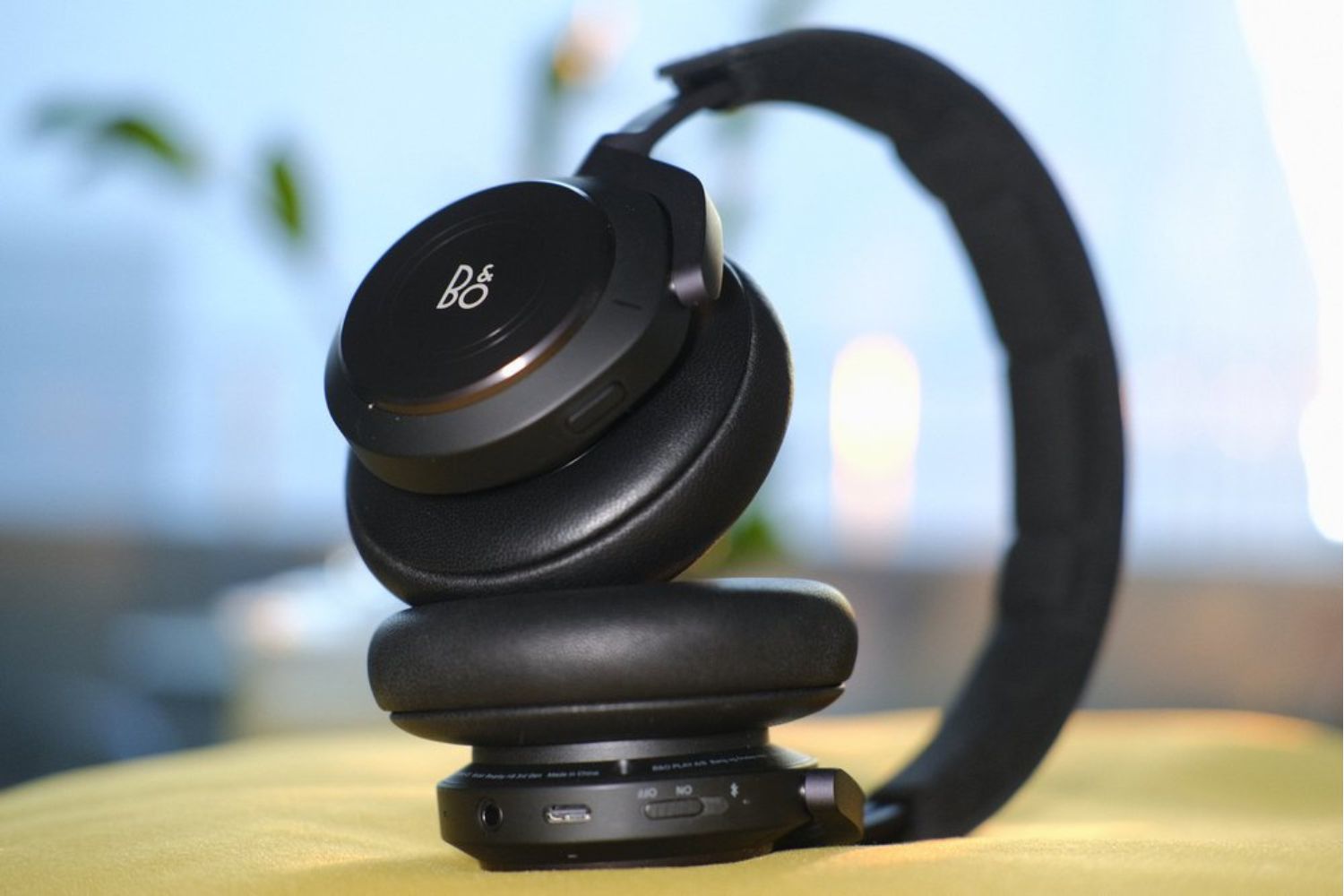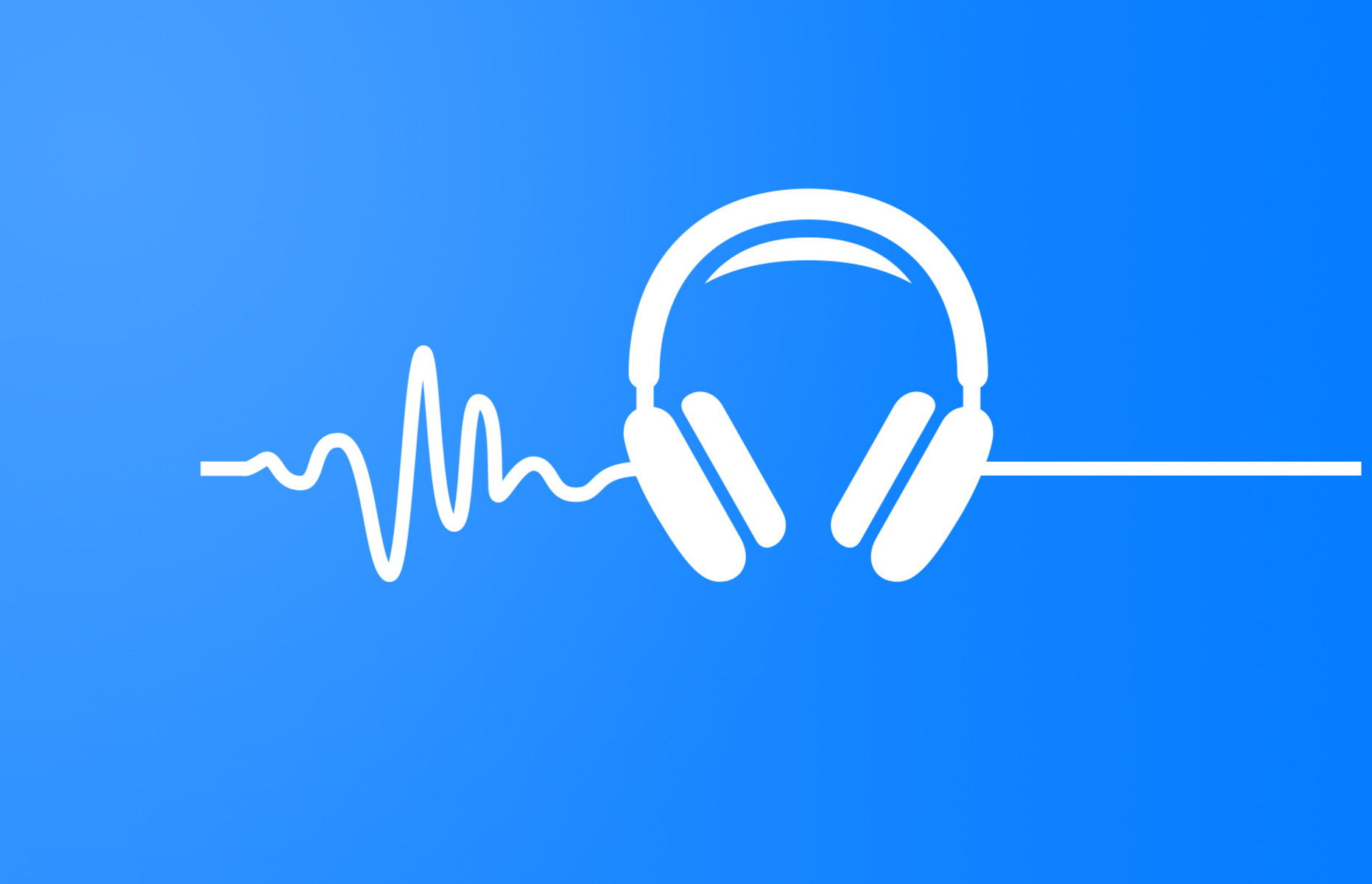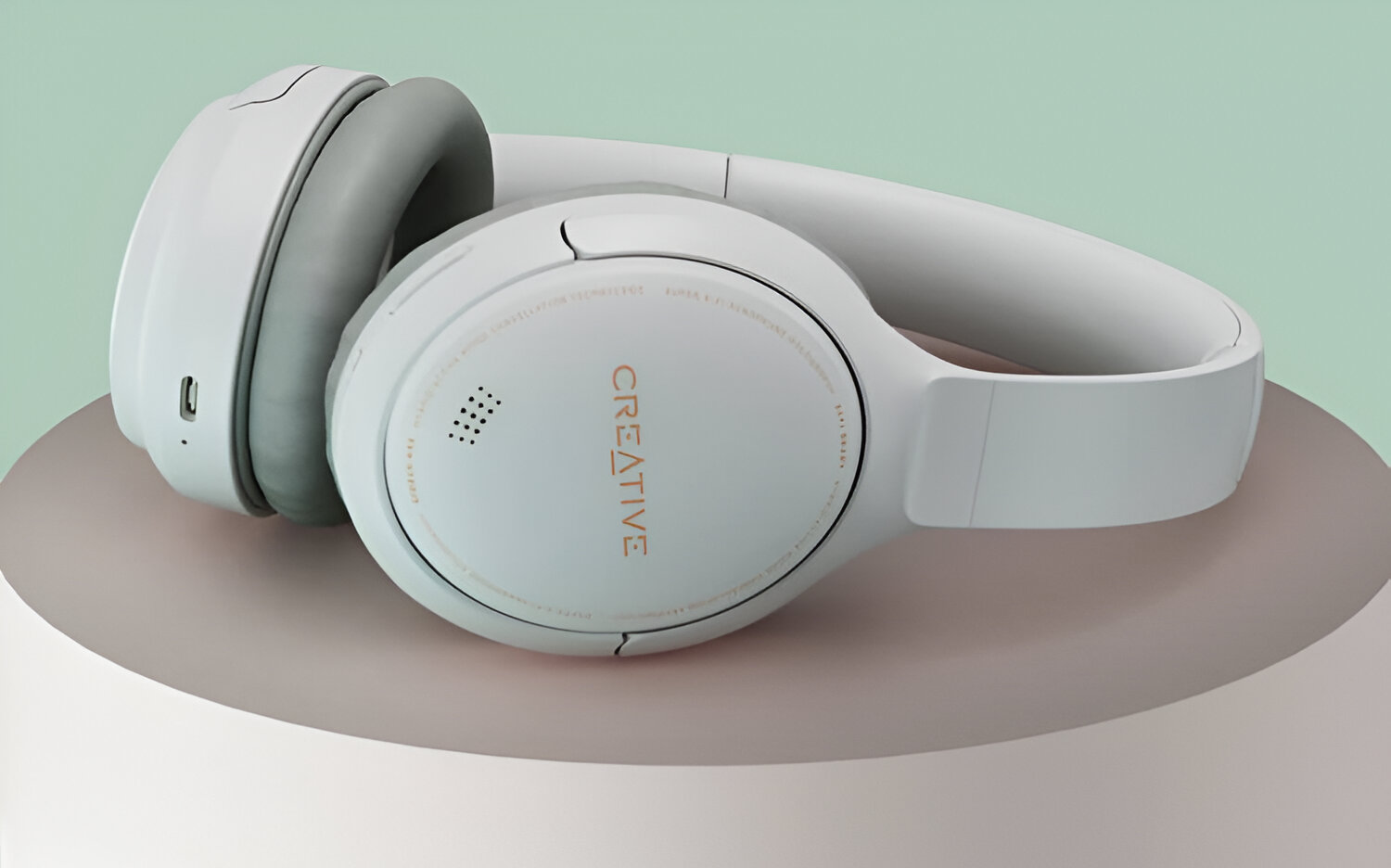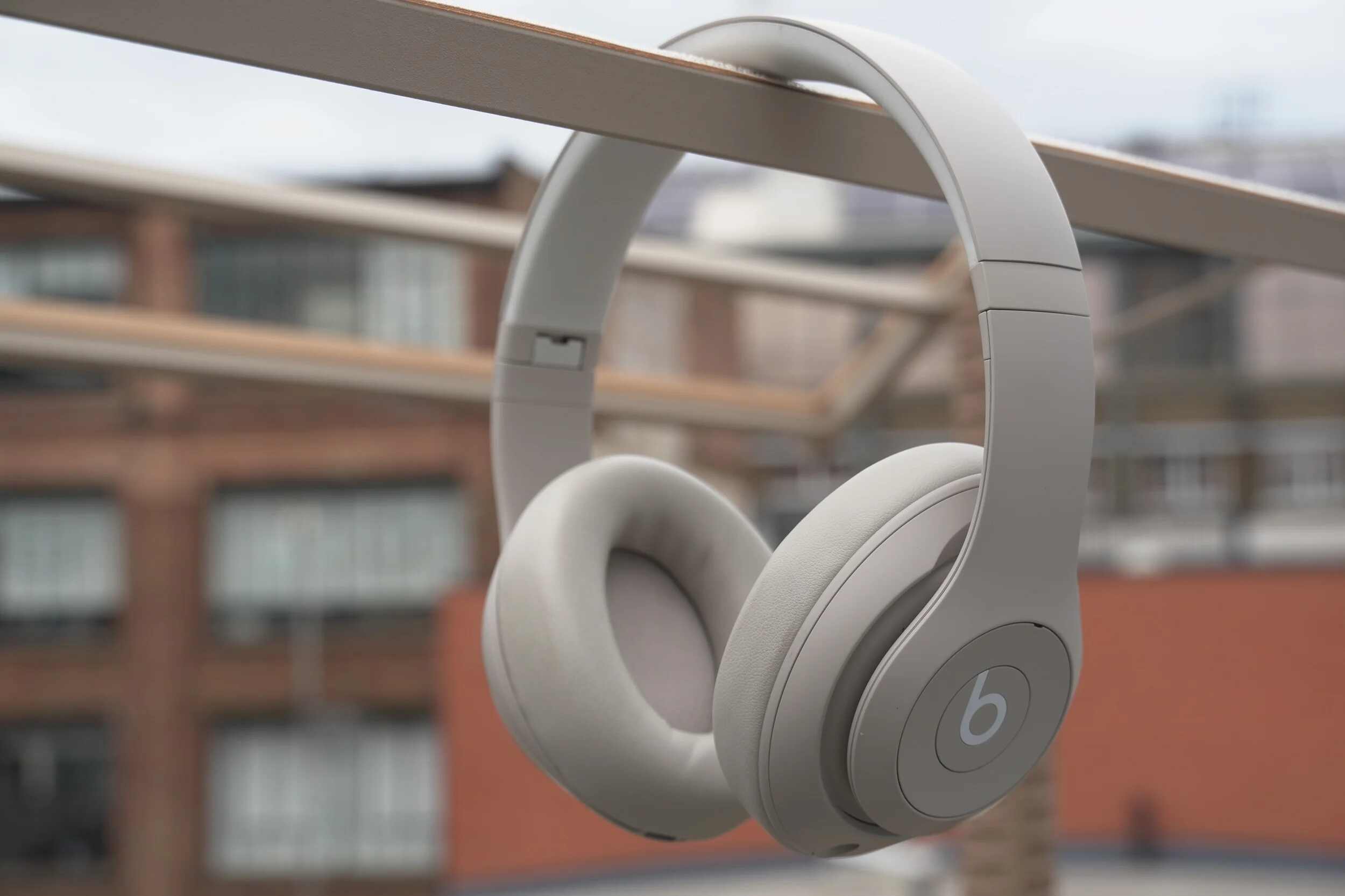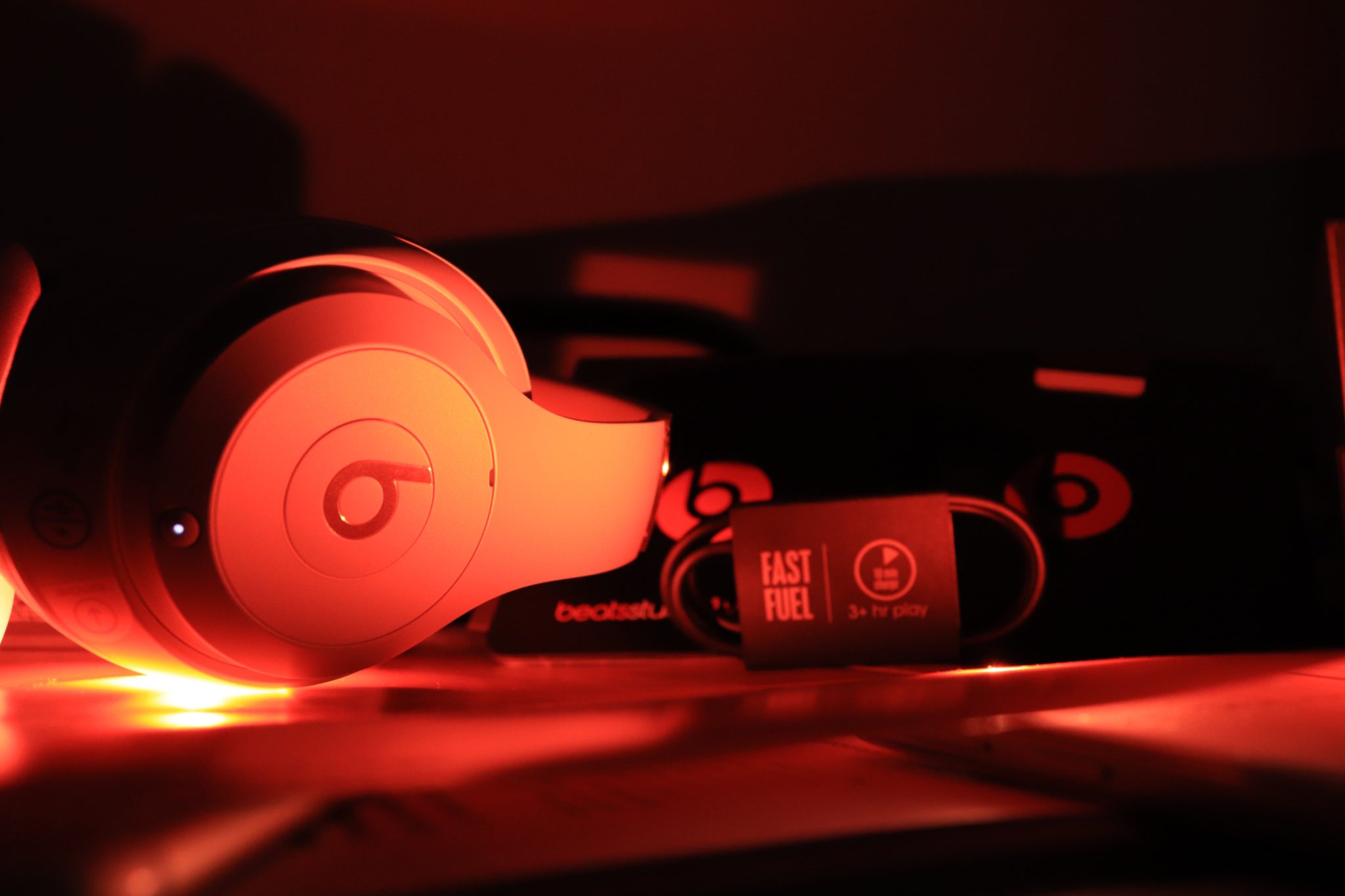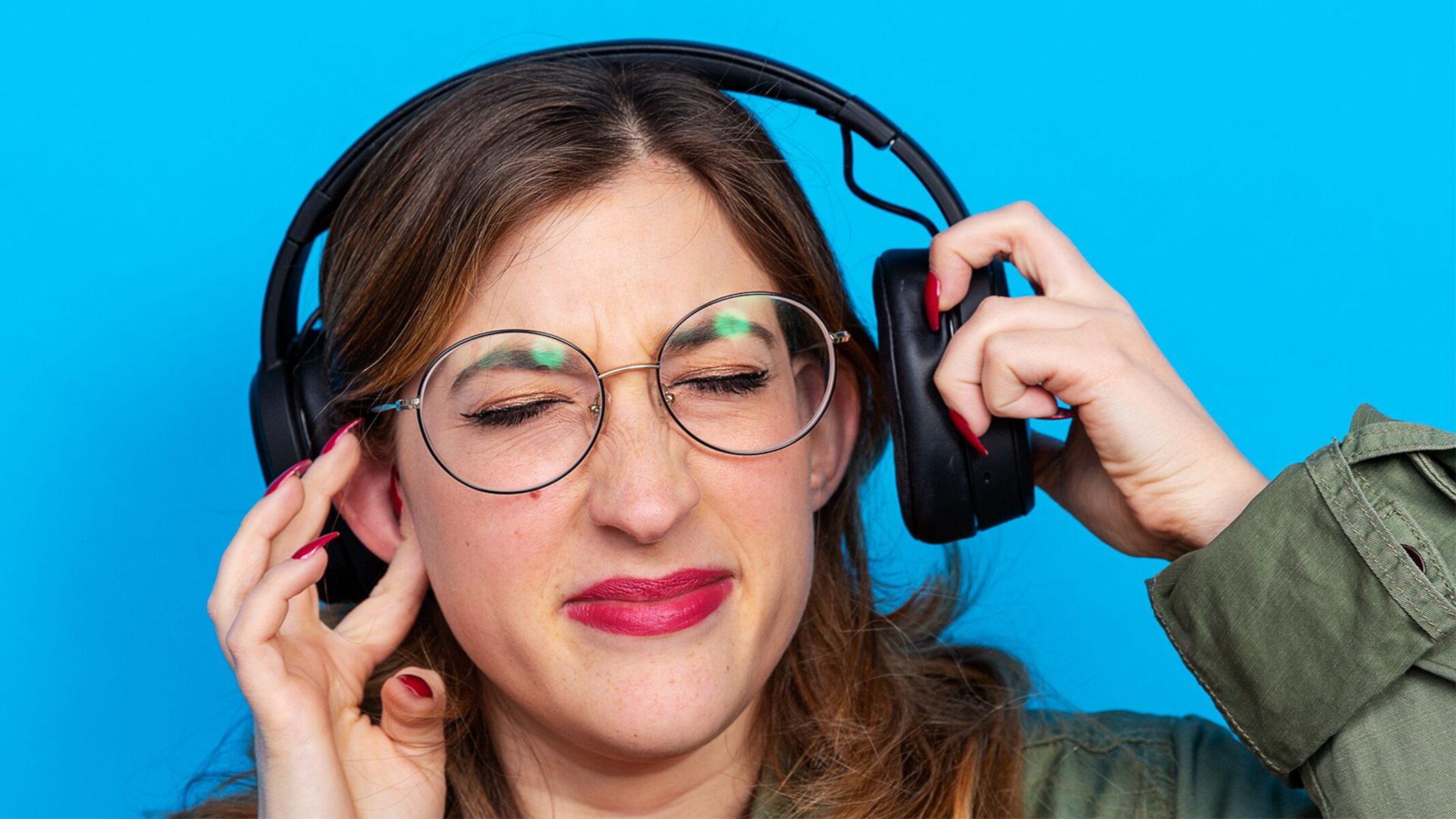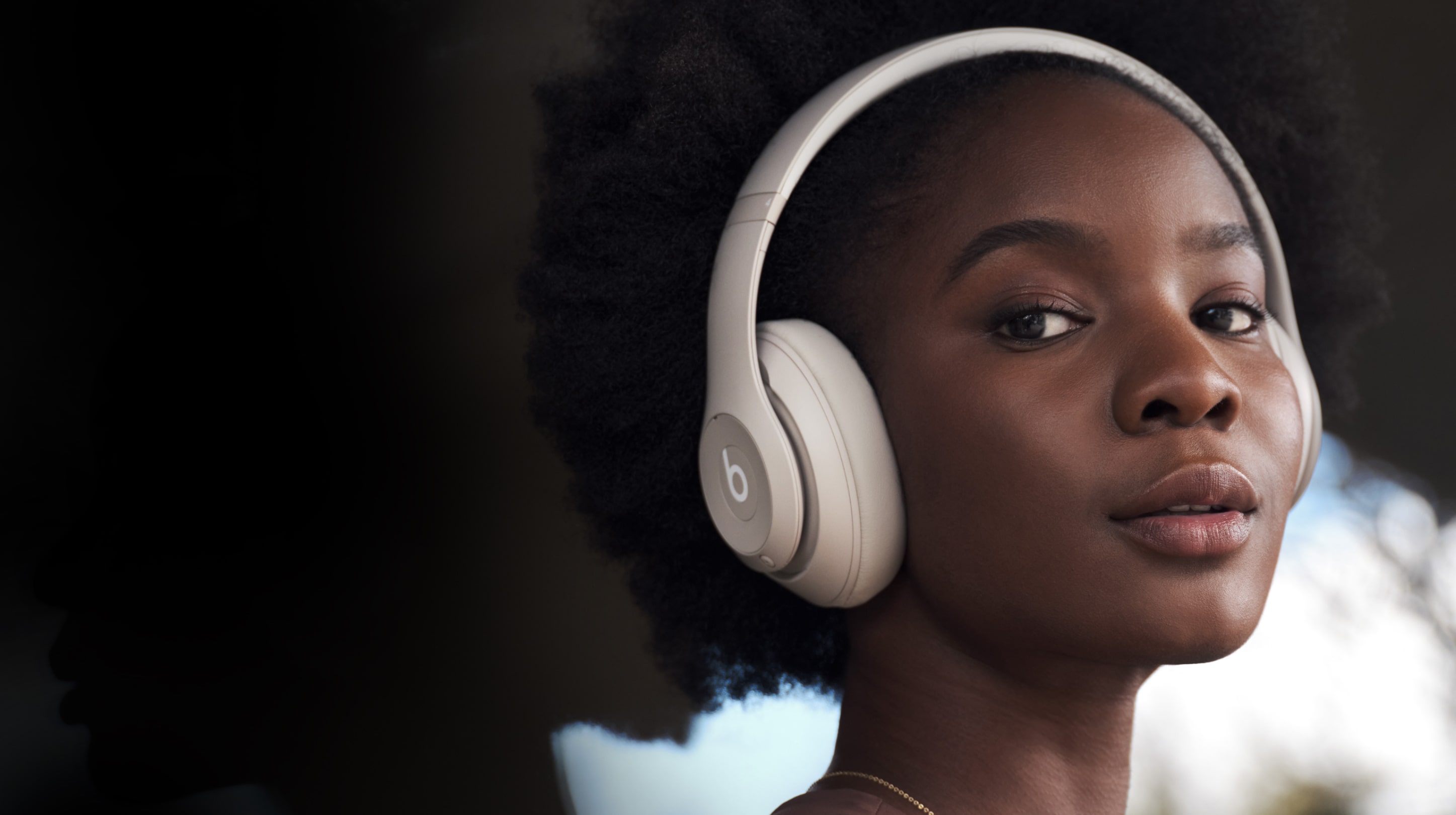Introduction
Noise cancelling headphones have become a popular accessory for many people, offering a respite from the cacophony of the outside world. However, for some individuals, these seemingly miraculous gadgets can induce an unexpected side effect: nausea. This unsettling sensation may leave users wondering why a device designed to enhance their listening experience is making them feel queasy.
The allure of noise cancelling headphones lies in their ability to block out external sounds, creating a serene auditory environment. By employing advanced technology, these headphones detect ambient noise and produce sound waves that effectively cancel out unwanted sounds. This process, known as active noise control, is achieved through the use of microphones and speakers integrated into the headphones.
While the concept of noise cancellation seems straightforward, the physiological impact it can have on the inner ear and the body's equilibrium is more complex. Understanding the mechanisms at play is crucial in comprehending why some individuals experience discomfort when using noise cancelling headphones.
In this article, we will delve into the science behind noise cancelling headphones, exploring how they function and the potential effects they may have on the inner ear. Additionally, we will investigate the correlation between noise cancellation and motion sickness, shedding light on why some individuals may feel nauseous when using these devices. Finally, we will explore potential solutions and alternative options for those who are sensitive to the side effects of noise cancelling headphones. Let's embark on a journey to unravel the mysteries behind this curious phenomenon.
How Noise Cancelling Headphones Work
Noise cancelling headphones operate on the principle of destructive interference, a concept rooted in physics and wave theory. These headphones are equipped with tiny microphones that pick up ambient sounds in the surrounding environment. Once the microphones capture these external noises, the headphones generate sound waves that are precisely out of phase with the detected sounds. When these sound waves meet, they effectively cancel each other out, resulting in a reduction of perceived noise.
The process of noise cancellation occurs in real time, continuously adapting to the changing soundscape to maintain optimal performance. This is achieved through sophisticated electronic circuitry that analyzes the incoming sound waves and generates corresponding anti-noise signals. By emitting these anti-noise signals through the headphones’ speakers, the ambient sounds are effectively neutralized, creating a quieter auditory environment for the wearer.
It is important to note that noise cancelling headphones are particularly effective at reducing steady, low-frequency sounds such as the hum of an airplane engine or the rumble of a train. However, they may be less effective at attenuating sudden, sharp noises or high-frequency sounds. Despite this limitation, the overall reduction in ambient noise can significantly enhance the listening experience, allowing users to enjoy their music, podcasts, or audiobooks without distraction.
Additionally, advancements in noise cancelling technology have led to the development of adaptive noise cancellation, which employs sophisticated algorithms to tailor the noise reduction process to the user’s specific environment. This adaptive approach ensures that the headphones can effectively counteract a wide range of ambient sounds, further enhancing their performance in diverse settings.
By understanding the intricate process through which noise cancelling headphones operate, we gain insight into the remarkable technology that enables these devices to create a tranquil auditory oasis amidst the hustle and bustle of everyday life.
The Effects of Noise Cancelling Headphones on the Inner Ear
While noise cancelling headphones offer a sanctuary of silence for many users, their impact on the inner ear and the body’s equilibrium is a subject of interest and concern. The inner ear plays a pivotal role in maintaining balance and spatial orientation, and any disruption to its normal function can lead to discomfort and disorientation.
When noise cancelling headphones are worn, the external sounds that would typically reach the ear are effectively masked by the anti-noise signals produced by the headphones. This alteration in the auditory input received by the inner ear can potentially disrupt the delicate balance mechanisms within the vestibular system, which is responsible for spatial orientation and balance control.
Furthermore, the continuous exposure to the altered auditory environment created by noise cancelling headphones may lead to a sensory mismatch, where the visual and proprioceptive cues indicating movement or spatial orientation conflict with the auditory input received by the inner ear. This sensory conflict can potentially trigger symptoms of motion sickness, including nausea and dizziness, as the brain attempts to reconcile the disparate sensory information it receives.
It is important to recognize that individuals vary in their susceptibility to the effects of altered auditory input, and some may be more prone to experiencing discomfort or disorientation when using noise cancelling headphones. Factors such as preexisting vestibular conditions, individual sensitivity to sensory mismatches, and prolonged exposure to noise cancellation may contribute to the manifestation of these symptoms.
By examining the potential impact of noise cancelling headphones on the inner ear, we gain insight into the intricate interplay between auditory stimuli and the body’s equilibrium. Understanding these effects is crucial in addressing the challenges faced by individuals who may experience discomfort or motion sickness when utilizing noise cancelling headphones.
The Role of Motion Sickness
Motion sickness, often associated with travel in cars, airplanes, or boats, can also be elicited by the use of noise cancelling headphones, particularly in environments where the auditory and visual sensory inputs are incongruent. This phenomenon stems from the brain’s struggle to reconcile conflicting sensory information, leading to symptoms such as nausea, dizziness, and general discomfort.
When individuals wear noise cancelling headphones, the auditory environment is significantly altered, creating a discrepancy between the sounds perceived by the ears and the visual cues and proprioceptive feedback related to motion and spatial orientation. This sensory mismatch can disrupt the brain’s ability to process and integrate sensory information cohesively, potentially resulting in symptoms of motion sickness.
Moreover, the prolonged use of noise cancelling headphones in environments where motion or spatial orientation is a factor, such as during travel, can exacerbate the likelihood of experiencing motion sickness. The sustained exposure to conflicting sensory inputs, coupled with the inability to resolve the disparity between auditory and non-auditory cues, may intensify the symptoms of motion sickness in susceptible individuals.
It is important to note that while motion sickness induced by noise cancelling headphones is a valid concern for some users, not everyone will experience these adverse effects. Individual susceptibility to motion sickness varies, and factors such as prior history of motion sickness, sensitivity to sensory mismatches, and overall tolerance to altered sensory environments can influence the likelihood of experiencing discomfort when using noise cancelling headphones.
By recognizing the role of motion sickness in the context of noise cancelling headphones, we acknowledge the intricate relationship between sensory stimuli and the body’s response to conflicting sensory inputs. Understanding this connection is essential in addressing the challenges faced by individuals who may encounter motion sickness symptoms when utilizing noise cancelling headphones.
Potential Solutions and Alternatives
For individuals who experience nausea or discomfort when using noise cancelling headphones, several strategies and alternative options can mitigate the adverse effects while still providing an enjoyable listening experience. These approaches aim to address the sensory conflicts and vestibular disruptions that may contribute to the symptoms of motion sickness associated with noise cancellation.
One potential solution is to use noise isolating headphones as an alternative to noise cancelling headphones. Unlike noise cancelling technology, noise isolating headphones create a barrier against external sounds by physically blocking them through the design of the ear cups or ear tips. This approach avoids the generation of anti-noise signals that may contribute to sensory conflicts, offering a quieter listening environment without the potential vestibular disruptions associated with noise cancellation.
Another strategy involves using noise cancelling headphones selectively and intermittently, especially in environments where motion or spatial orientation is a factor. By alternating between periods of using noise cancelling headphones and allowing for natural ambient sounds to be perceived, individuals can reduce the prolonged exposure to altered auditory environments, potentially alleviating the symptoms of motion sickness.
Additionally, adjusting the volume levels of noise cancelling headphones to a lower setting may help mitigate the sensory conflicts that contribute to motion sickness. By reducing the intensity of the altered auditory input, individuals can minimize the discrepancies between the auditory and non-auditory sensory cues, potentially lessening the likelihood of experiencing discomfort or nausea.
For those who continue to experience motion sickness symptoms despite these strategies, exploring alternative forms of entertainment or relaxation during travel or periods of motion may offer relief. Engaging in activities that promote visual and vestibular stability, such as focusing on the horizon or practicing controlled breathing exercises, can help mitigate the effects of motion sickness while still allowing for a pleasant and immersive auditory experience.
By considering these potential solutions and alternatives, individuals can adapt their listening habits to minimize the discomfort associated with noise cancelling headphones, ensuring that they can enjoy their favorite audio content without the unwanted side effects often linked to altered auditory environments.
Conclusion
The allure of noise cancelling headphones lies in their ability to create a tranquil listening environment, free from the distractions of external noise. However, for some individuals, the use of these devices may inadvertently lead to symptoms of motion sickness and discomfort. Understanding the underlying mechanisms and potential solutions is crucial in addressing these challenges and ensuring a positive auditory experience for all users.
By delving into the intricate workings of noise cancelling headphones and their impact on the inner ear, we have gained insight into the delicate interplay between auditory stimuli and the body’s equilibrium. The alteration of the auditory environment, coupled with the potential for sensory conflicts, underscores the need to consider individual sensitivities and adapt listening habits to minimize adverse effects.
Motion sickness, a well-documented phenomenon associated with conflicting sensory inputs, emerges as a significant factor in the discomfort experienced by some users of noise cancelling headphones. Recognizing the role of motion sickness in this context sheds light on the challenges faced by individuals who may encounter symptoms of nausea and dizziness when utilizing these devices.
Exploring potential solutions and alternatives, such as utilizing noise isolating headphones, adjusting volume levels, and incorporating visual and vestibular stability techniques, offers a pathway to mitigate the adverse effects of noise cancelling headphones. These strategies empower users to tailor their listening experience to minimize discomfort while still enjoying the benefits of immersive audio content.
In conclusion, the use of noise cancelling headphones presents a fascinating intersection of technology, sensory perception, and individual variability. By acknowledging the potential impact on the inner ear, understanding the role of motion sickness, and exploring adaptive strategies, we can foster a more inclusive and enjoyable listening experience for all users of noise cancelling headphones. Through awareness and adaptation, we can embrace the transformative power of audio technology while prioritizing comfort and well-being.







